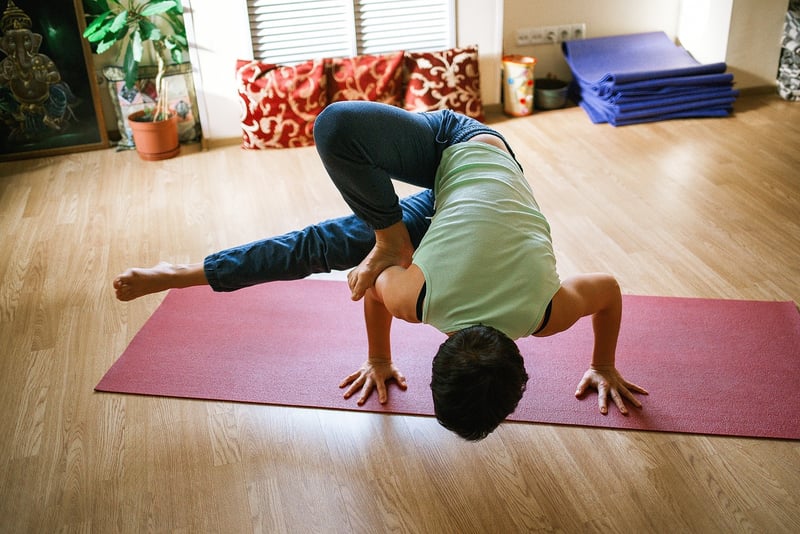Pranayama Techniques
Enhance Your Well-being with These Breath Control Practices and Pranayama Techniques

Are you looking to enhance your overall well-being and reduce stress levels? One effective way to achieve this is by incorporating breath control practices and Pranayama techniques into your daily routine. By learning to control your breath, you can improve your focus, reduce anxiety, and promote relaxation. Let's explore some practices that can help you enhance your breath control skills:
1. Diaphragmatic Breathing
Also known as belly breathing, diaphragmatic breathing involves breathing deeply into your diaphragm to promote relaxation and reduce stress. To practice this technique, sit or lie down comfortably and place one hand on your chest and the other on your abdomen. Inhale deeply through your nose, allowing your abdomen to expand as you breathe in. Exhale slowly through your mouth, feeling your abdomen fall. Repeat this for several breaths.
2. Box Breathing
Box breathing is a technique used by many to calm the mind and improve focus. Start by inhaling deeply for a count of four, hold your breath for a count of four, exhale for a count of four, and then hold your breath again for a count of four. Repeat this cycle several times, focusing on the rhythm of your breath.
3. Alternate Nostril Breathing (Nadi Shodhana)
Nadi Shodhana is a Pranayama technique that involves breathing through alternate nostrils to balance the body's energy. Sit comfortably with your spine straight, use your right thumb to close your right nostril, inhale through your left nostril, then close your left nostril with your right ring finger, exhale through your right nostril, inhale through your right nostril, close it, exhale through your left nostril. Repeat this cycle for several breaths.
4. Kapalabhati Breathing
Kapalabhati is a breathing technique that involves short, powerful exhales and passive inhales. Sit comfortably, take a deep breath in, then forcefully exhale through your nose by contracting your lower belly. The inhalation should happen naturally as you relax your belly. Repeat this cycle for several rounds.
By incorporating these breath control practices and Pranayama techniques into your daily routine, you can improve your overall well-being, reduce stress, and enhance your focus and concentration. Remember to practice these techniques regularly to experience their full benefits.
Take a step towards a calmer and more balanced life by embracing the power of breath control and Pranayama techniques today!

